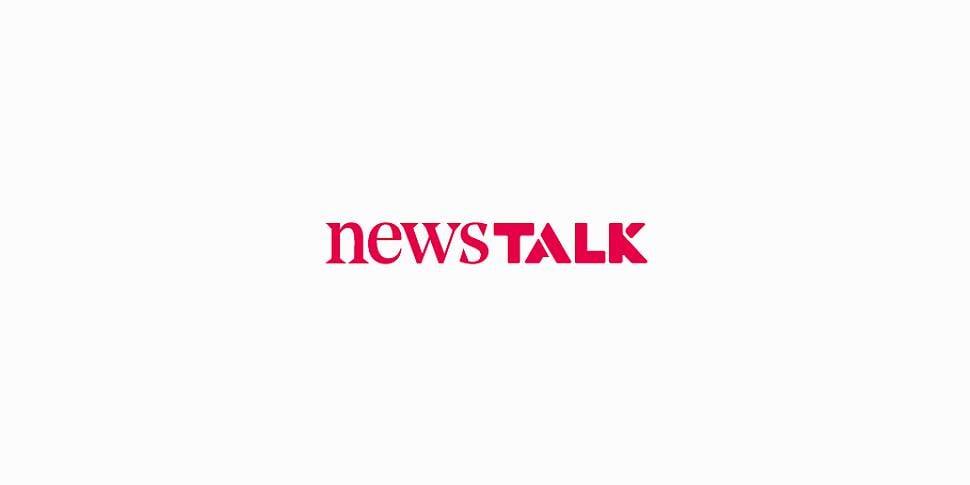Irish manufacturing grew at its slowest pace in eight months during January - growth in both output, and orders from home and abroad fell. The euro zone is showing slight growth - but China's numbers are down for the second consecutive month.
Ireland's purchasing managers’ index (PMI) as complied by Investec, stood at 55.1 in January.
Any figure over 50 indicates growth - it was down from 56.9 in December. This was the 20th month in a row of increasing activity.
A sub-index for new export orders hit a five-year high of 61.7 in December - growth fell back to 57.6 in January.
Mixed euro zone
The euro zone PMI, compiled by HSBC and Markit is at 51 - showing an improvement on the 50.6 recorded in December.
This growth was driven by reduced prices - the weakening euro did not lead to a significant increase in new orders from abroad.
The report highlights particularly strong growth in Germany, Spain, the Netherlands and Ireland - and downturns in France, Italy, Austria and Greece.
Most of this data was gathered before the ECB announced its quantitative easing programme.
Chris Williamson, chief economist at Markit said: "The ECB’s ‘bazooka’ of full-scale quantitative easing should boost the euro area economy via improved business and consumer confidence and the weakening of the euro. The currency’s fall should benefit exporting manufacturers in particular over coming months."
Slowing China
The HSBC/Markit PMI index in China came to 49.7 for January. The report found that output rose slightly, but staffing levels were cut for the 15th successive month - and that demand was "relatively subdued."
Hongbin Qu, Chief Economist, and Co-Head of Asian Economic Research at HSBC said: "We think demand in the manufacturing sector remains weak and more aggressive monetary and fiscal easing measures will be needed to prevent another sharp slowdown in growth."
There was another worrying sign - the country's official PMI - which normally shows higher figures than the HSBC/Markit report - also fell.
It was 49.8 - below analyst's forecast of 50.2. This was the first time that this index measured decreasing activity in almost two and a half years.










